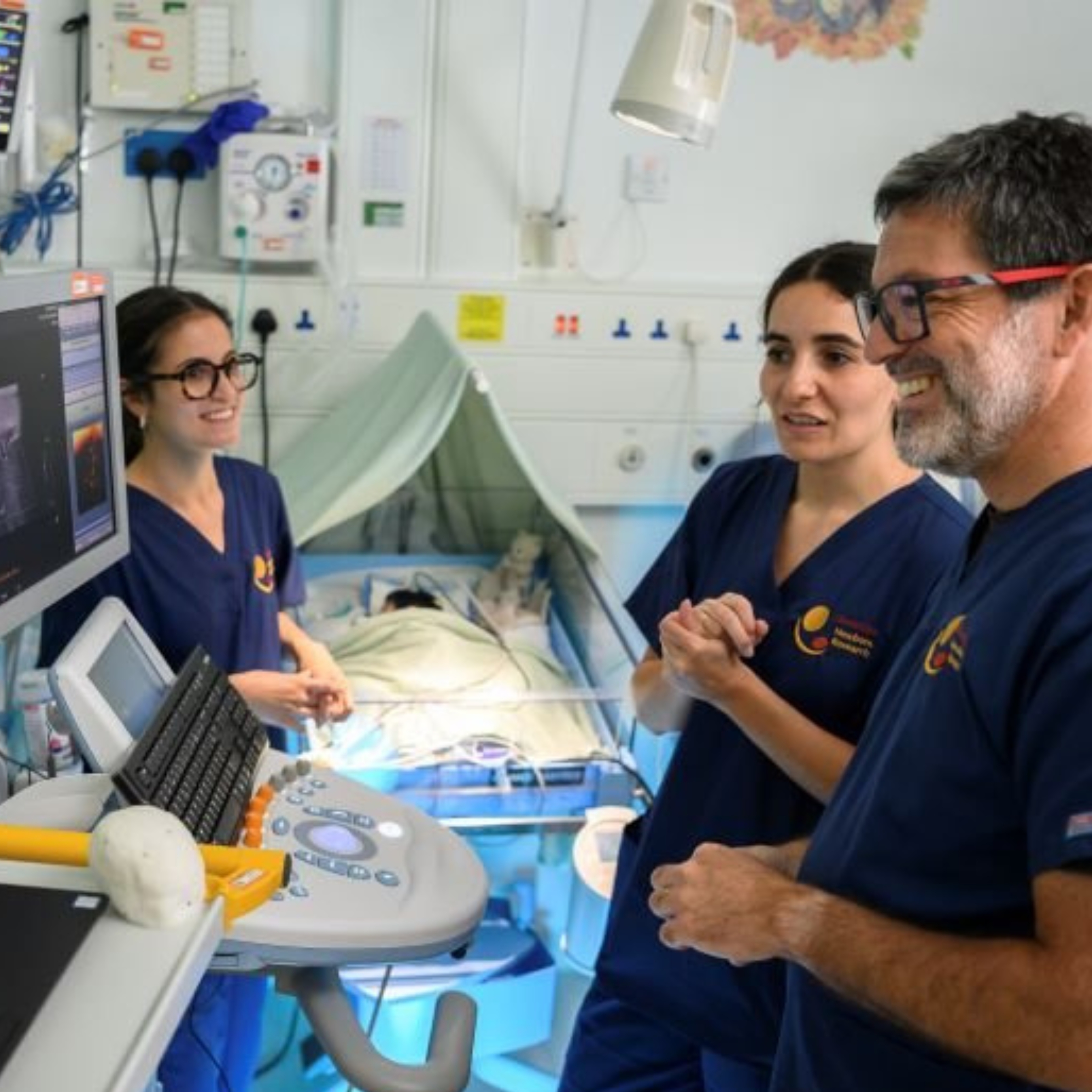Researchers develop ‘cap’ to identify brain conditions in newborn children
Researchers at Cambridge University Hospitals NHS Foundation Trust (CUH) are testing a wearable ‘cap’ for premature and newborn infants at high-risk of developing brain conditions such as epilepsy, cerebral palsy and learning difficulties.
This wearable device, which fits like a swimming cap, could be available in every UK hospital within the next decade following conclusion of this three-year study. This cap which was developed as part of the Fast UltraSound Imaging with Optics in the Newborn (fUSiON) study, can speed up diagnosis and care for children with epilepsy and other neurological conditions
Currently the traditional way of looking at the brain in sick and premature infants is to use a cranial ultrasound and MRI. Both these methods are limited in their ability to predict the nature of the injury and any future impairment.
Nicola Swanborough, Head of External Affairs at the Epilepsy Society said: “This could spell real hope in the future for newborns who are at a high risk of developing conditions such as epilepsy. Early interventions and treatments will hopefully improve long-term outcomes for these babies.”
The wearable device developed by the research team has multiple light sensors and is similar to the devices put on a baby’s toe to monitor oxygen levels. It also contains a special kind of ultrasound which can capture data at a very high frequency to capture images of small blood vessels deep in the brain.
The team spent a year using the cap on healthy and premature babies to test the concept and will now move into the second phase, which focuses on babies considered to be at higher risk of brain damage.

Professor Topun Austin who leads the project explained that brain injury in newborns is a major reason for lifelong disability. For the five in every 1,000 babies who have a brain injury the current monitoring methods cannot accurately predict how and to what extent the child will be affected as they grow. With this new monitoring method, it will be easier to track how the brain develops. As the technology can be applied next to the cot rather than taking an infant to a noisy MRI scanner, it is more comfortable for the baby and more scans can be taken. By conducting regular tests, it is hoped that any issues will be identified earlier and interventions and treatments can begin sooner.
The work is partly funded by a Marie Skłodowska-Curie Postdoctoral European Fellowship under the Horizon Europe Framework Programme for Research and Innovation awarded to Dr Flora Faure in the Department of Clinical Neurosciences, University of Cambridge. The NIHR HealthTech Research Centre (HRC) in Brain Injury is also supporting the project by funding an additional PhD studentship, as well as wider technical, clinical, and implementation expertise.
Anyone who wants to be part of the fUSiON study’s new Patient Advisory Panel, or is a parent who thinks their baby may benefit once born, should email info@brainhrc.org.
Images courtesy of Cambridge University Hospital Trust.
